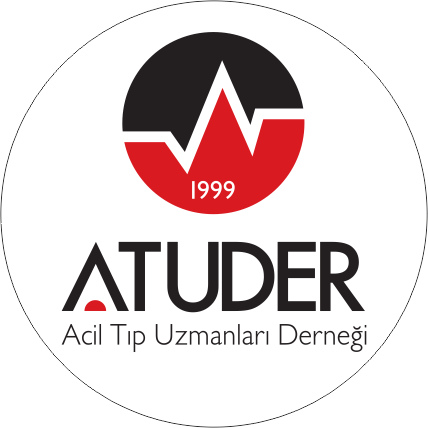ABSTRACT
Primary hyperaldosteronism, is the most common secondary form of hypertension. Aldosterone excess, decreases potassium, induces sodium and fluid retention with consequential increases in blood pressure through the kidneys; it also increases potassium discharge from kidney. The patients may present to emergency departments with non specific symptoms like muscular weakness, nausea, vomiting, constipation and paresthesia created by severe hypokalemia. Routine laboratory data in emergency department can be suggestive but not diagnostic for hyperaldosteronism. This clinical situation might be misdiagnosed as conversion disorder. Because of this, emergency physicians must be aware of clinical signs and symptoms of hypokalemia and other electrolit disturbances which may refer a surrenal gland disorder. In our case, we present a 35 year old woman, who is suffering from paresthesias and pain in her arms and legs, detected severe hypokalemia in our emergency department.



